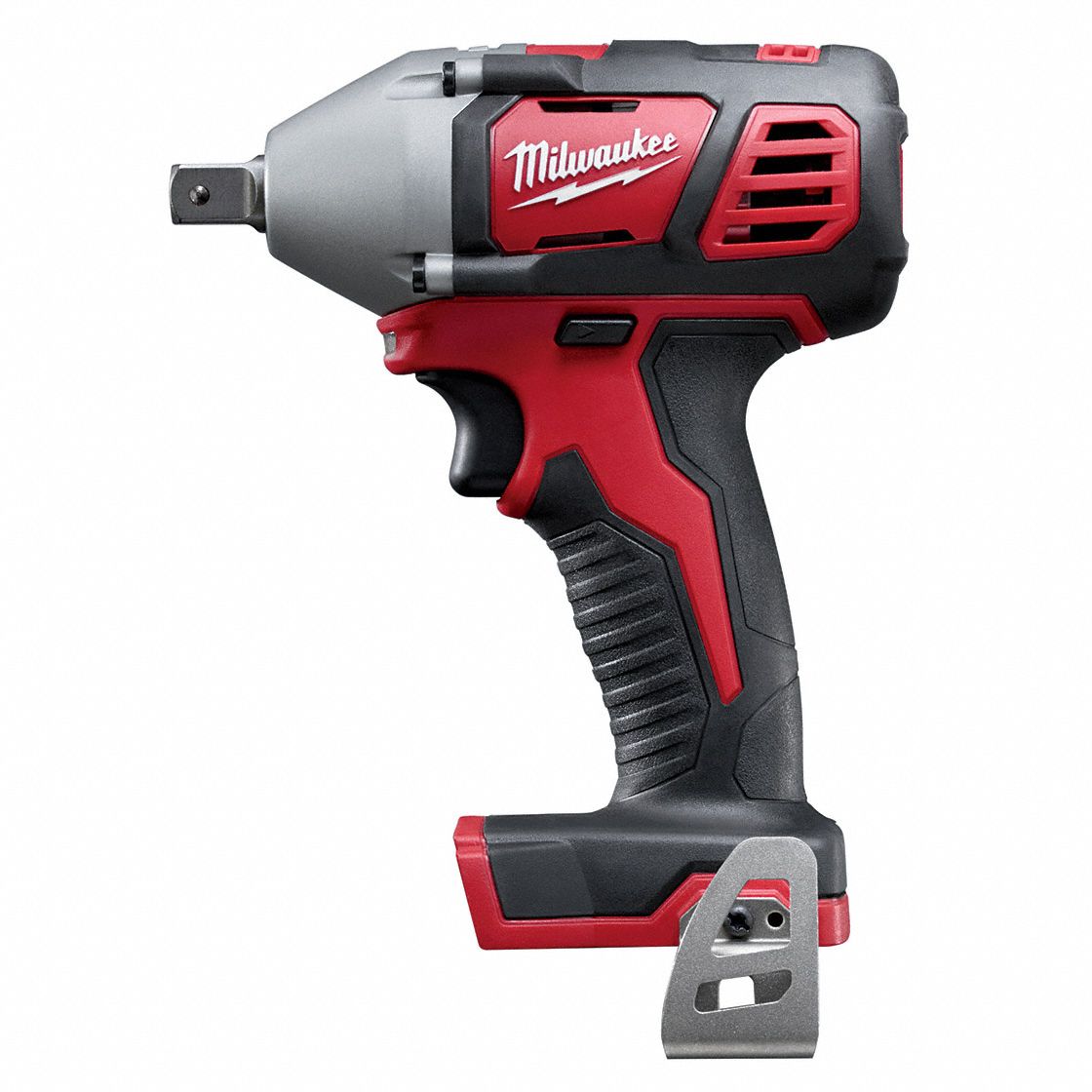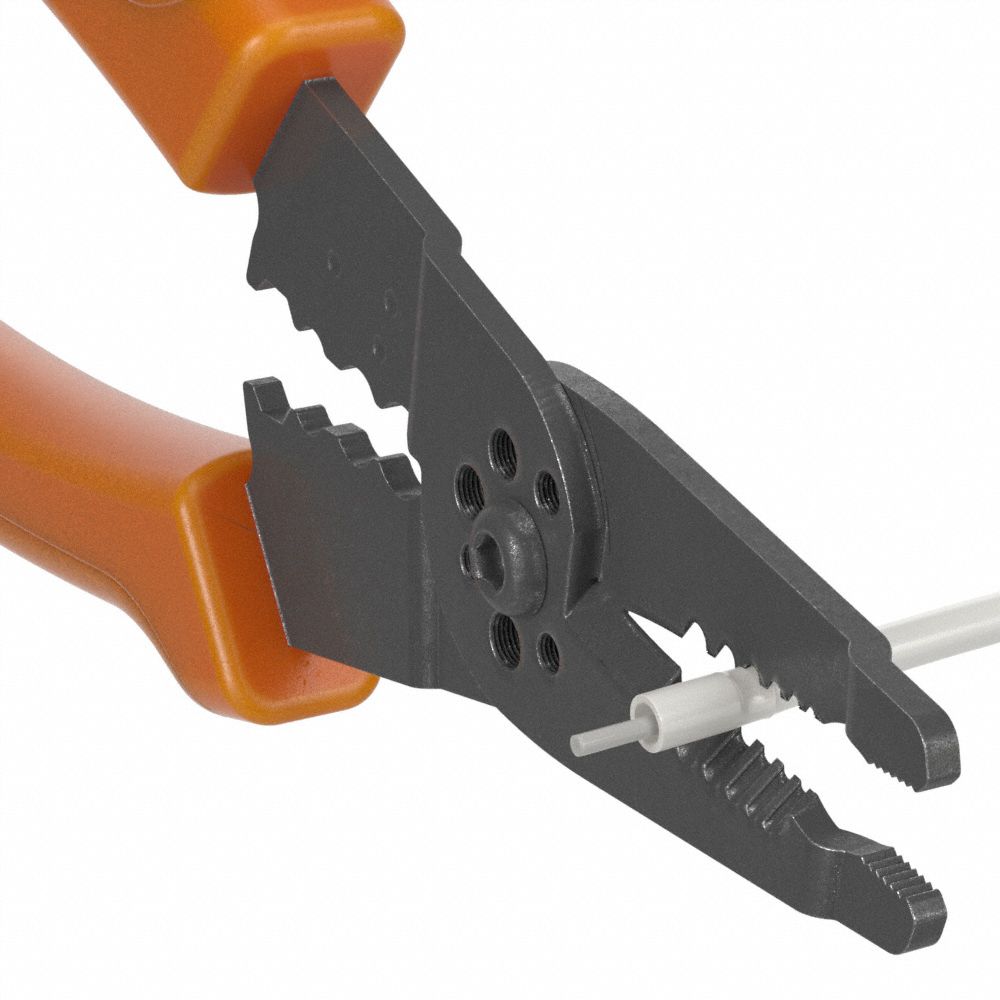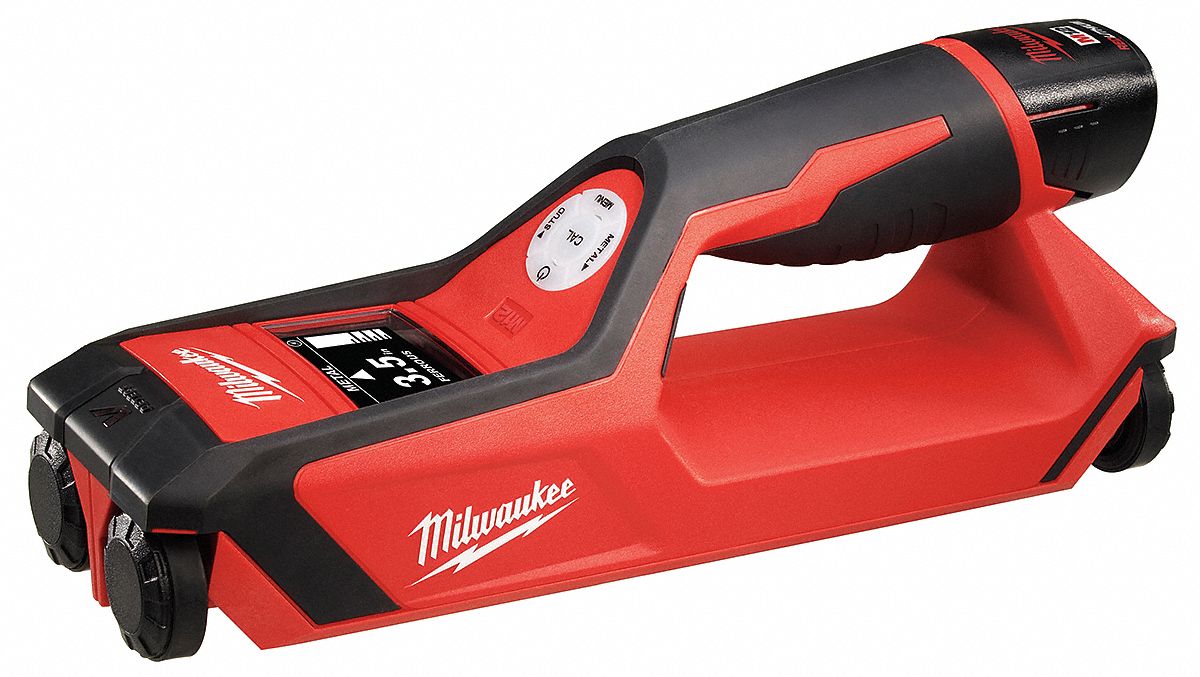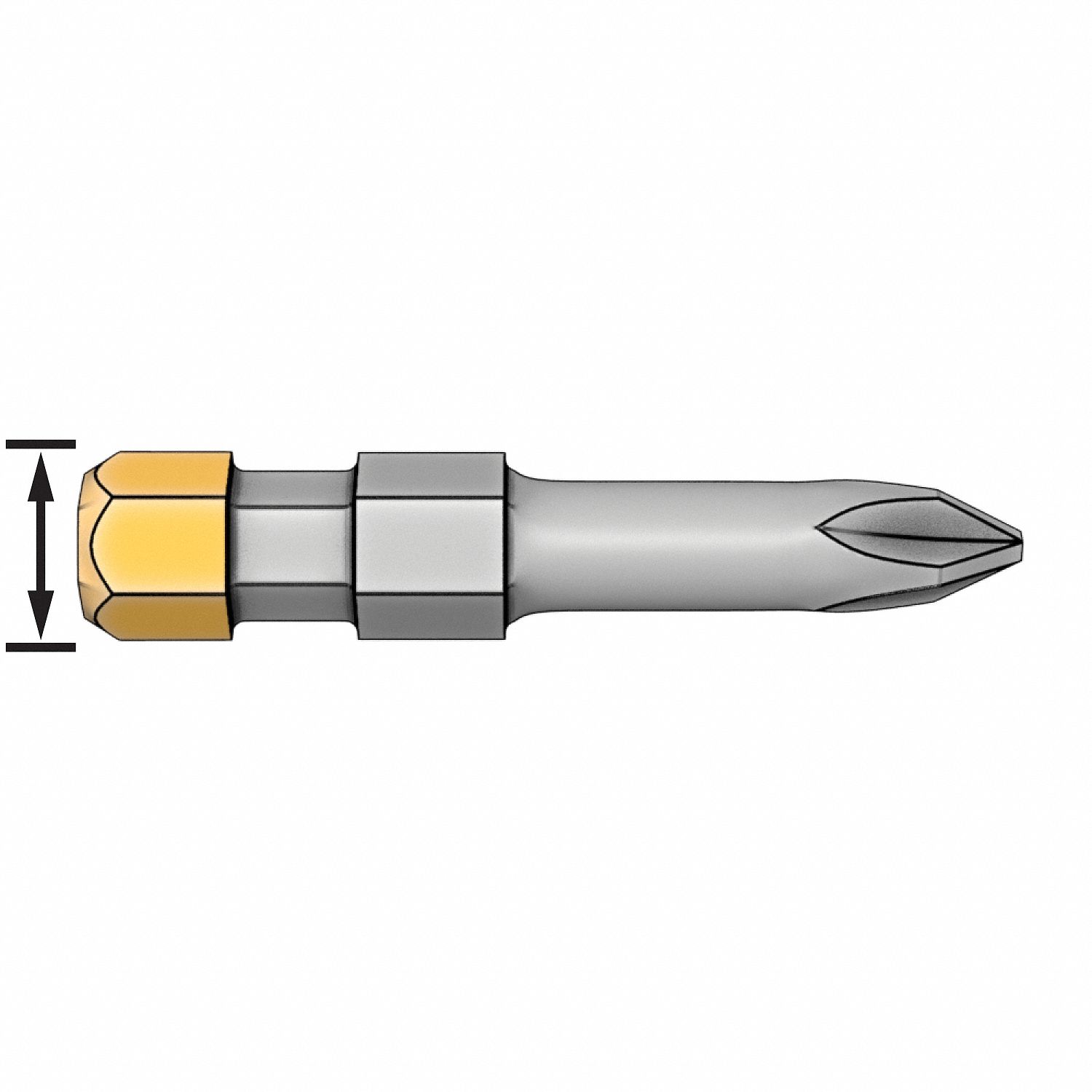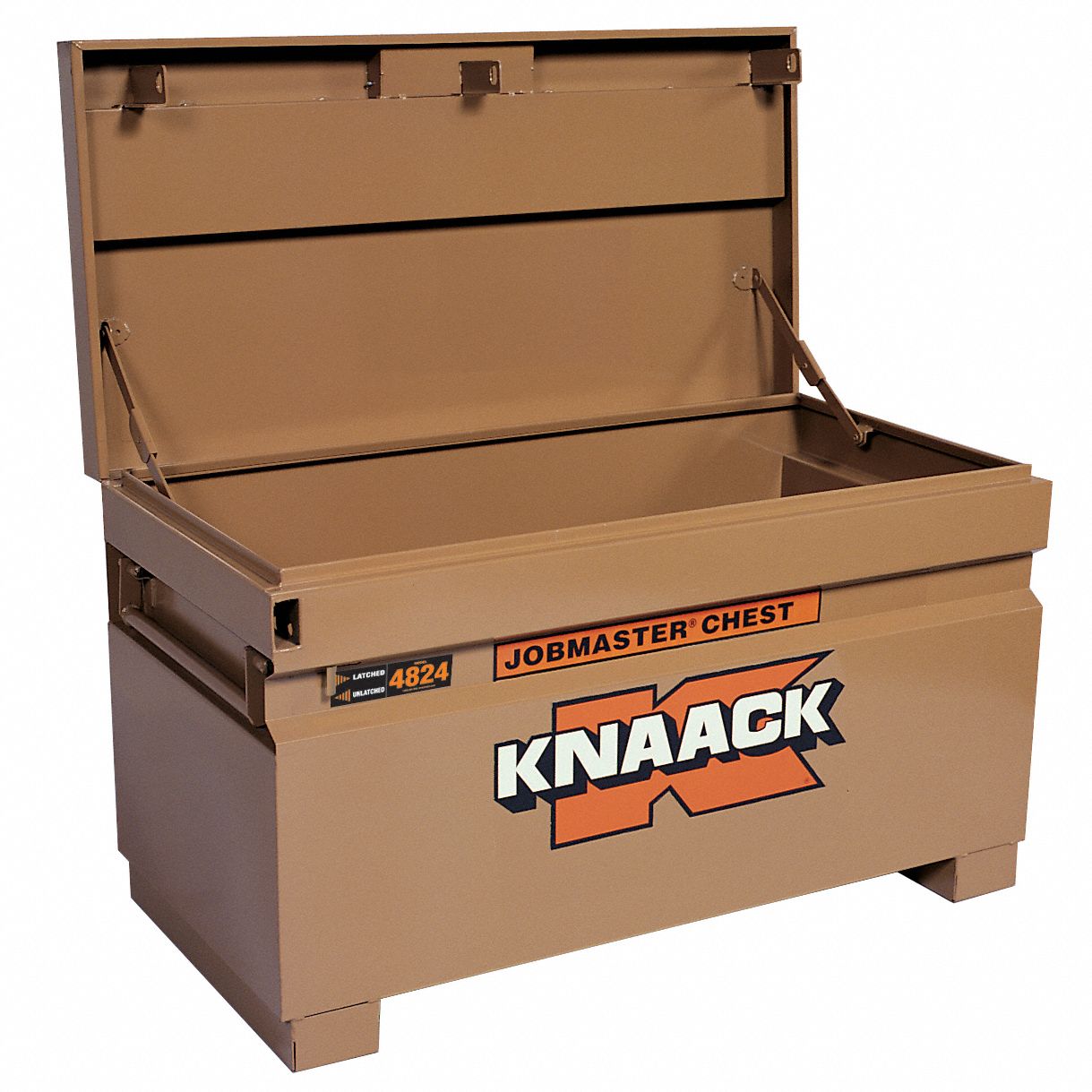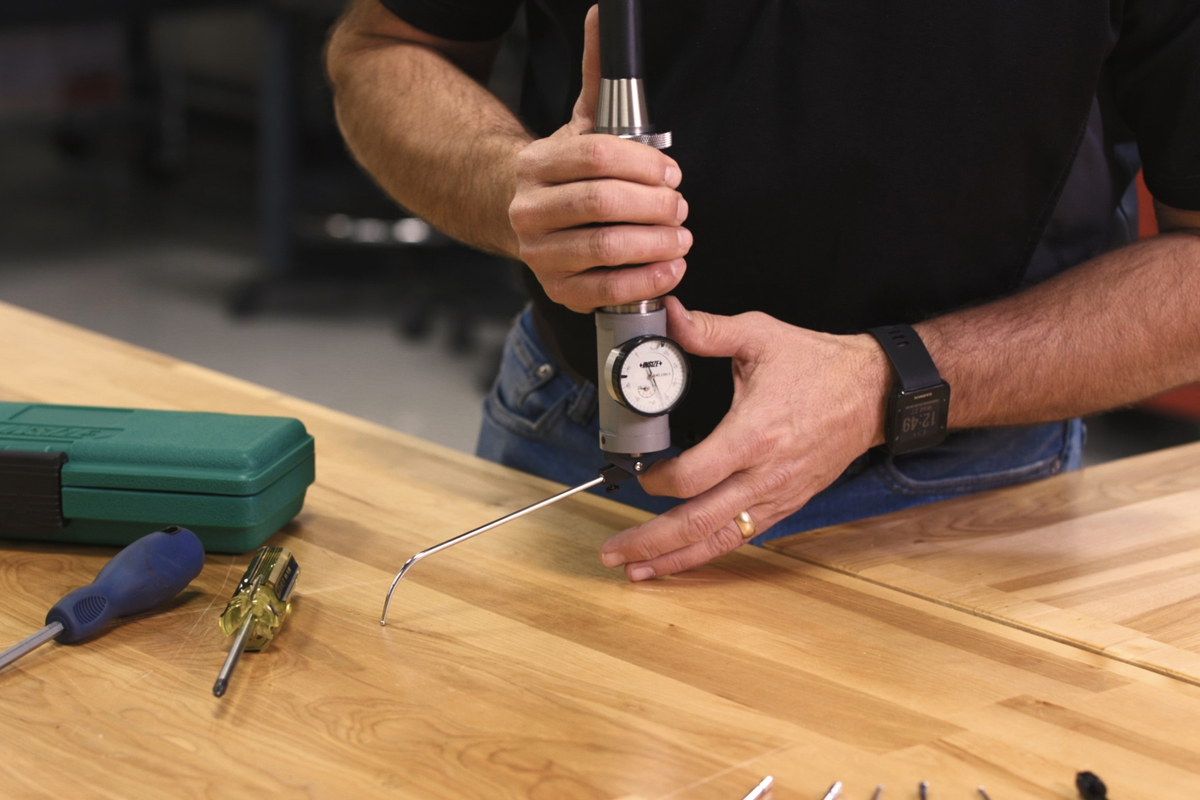

Ask the Experts: How to Tram a Head on a Manual Mill
By Grainger Editorial Staff 5/8/19
Tramming your mill should be a regular part of your shop’s routine. Even if the mill’s nod index is set to zero, the head can drift slightly during use. According to Grainger Metalworking Specialist, Mark Fine, if you’re not regularly tramming the mill head and bringing it back into precise alignment, the spindle will gradually deviate from square, leading to imprecise work. To ensure that your tool heads are turning perfectly square to the work table, you’ll need to tram the mill.
The tramming or squaring process uses a precision dial indicator gauge to measure the spindle’s orientation, allowing you to bring it back into perpendicular alignment with the work table. Checking the mill head’s alignment and tramming the mill is a five-step process.
STEP 1: Prepare the Table
The dial indicators used for tramming can measure to within a thousandth of an inch, so slight distortions in the work table can skew your measurements. To ensure you’re taking your readings against a truly level table, unclamp any vises from the table and use a brown India stone to buff out nicks and burrs from its surface.
STEP 2: Mount the Indicator
Some dial indicators have a shank that fits directly into the chuck like a cutting head, others use a magnetic base to attach to the spindle. Once you’ve mounted the dial indicator, make sure that the tip of its probe stays perpendicular across the table surface as the chuck turns; otherwise, you could introduce a cosine error into your readings.
STEP 3: Create Preload
After mounting the indicator, dial the mill’s knee forward to create preload on the indicator probe. The dial indicator should start out at the midpoint of its range—that way, you’ll be able to see both the rise and the fall in its reading as the spindle turns. If you forget to preload, you won’t get a full picture of the mill head’s deviation.
STEP 4: Take Your Readings
Slowly rotate the spindle by hand, stopping at each quarter turn to make a note of the dial indicator’s reading. Since mill heads are usually adjustable on the X and Y axis, you’ll want to take readings at the 12, 3, 6, and 9 o’clock positions. Take the difference in measurements along each axis and divide by two to get the mill’s true deviation. A positive reading on the dial indicator means the mill head is leaning in that direction; a negative reading means it’s tilted away.
STEP 5: Square the Mill
Once you’ve taken your measurements, it’s time to loosen the clamping bolts and bring the mill head back into alignment. Your mill head may have a special adjustment bolt on the clamp, or you might need to gently tap the head in the direction it needs to go. Once you’ve made the necessary adjustments, tighten the clamp back down and take another set of measurements to verify the mill has been trammed within tolerances. The dial’s readings should be constant as the spindle moves through a complete rotation.
After tramming the mill head, you can be sure that your cutting tools will be perpendicular to the workbench. But keep your dial indicator handy—the mill is going to move back out of alignment over time. That’s why tramming should become a regular part of your shop’s workflow.
Learn more about Grainger’s Metalworking products and services.
Mark Fine earned his B.S. in Mechanical Engineering from the University of Tennessee, and has worked as a manufacturing engineer and tooling engineer in the steel and automotive industries for much of his career. Mark has worked extensively with the production side of the metalworking industry, and over the past 25 years has worked to bring innovations in metalworking to manufacturing.
![]()
The information contained in this article is intended for general information purposes only and is based on information available as of the initial date of publication. No representation is made that the information or references are complete or remain current. This article is not a substitute for review of current applicable government regulations, industry standards, or other standards specific to your business and/or activities and should not be construed as legal advice or opinion. Readers with specific questions should refer to the applicable standards or consult with an attorney.

